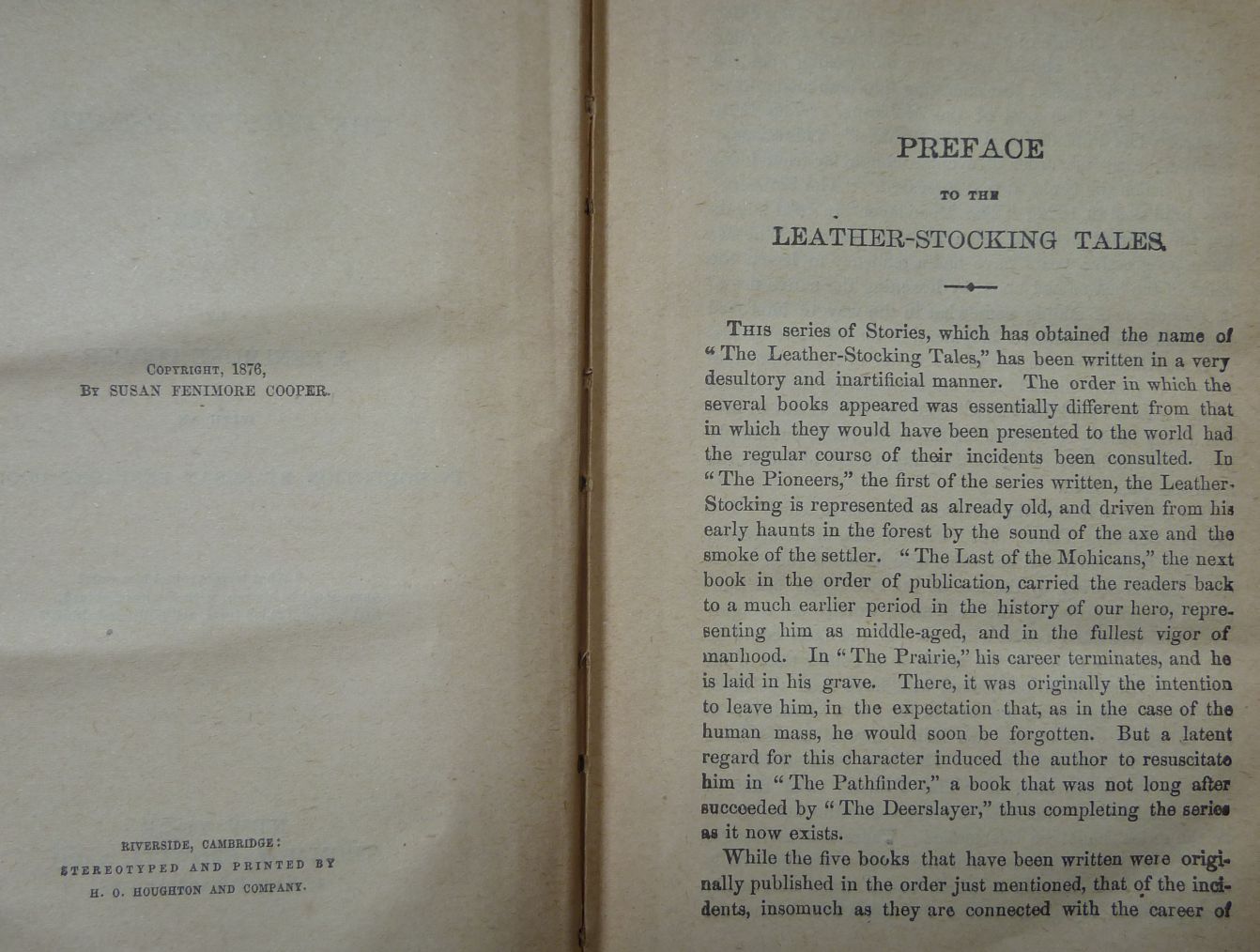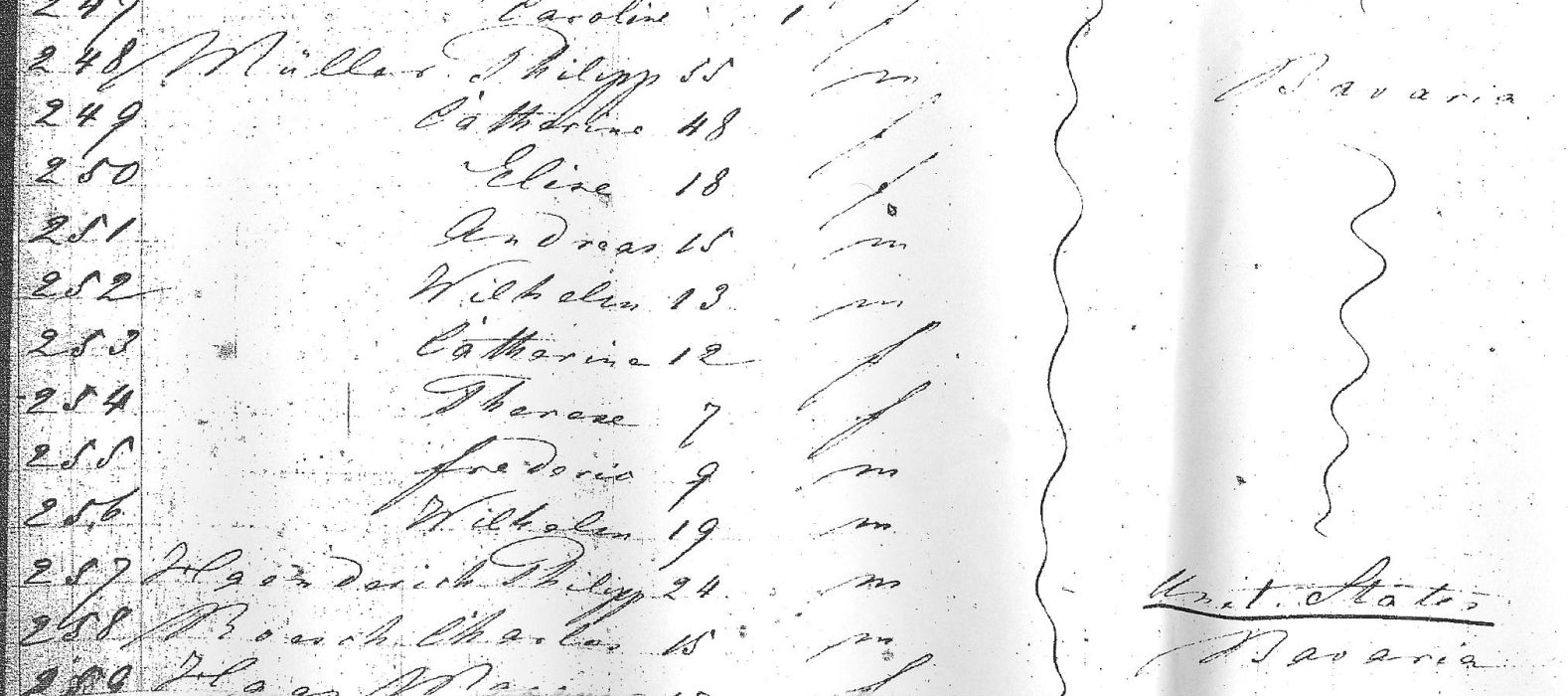This summer, we lost the iconic historical novelist Gore Vidal. During my research, I have appreciated his books on the 19th century, but, upon learning of his death, remembered I had not yet picked up Vidal’s Lincoln, a novel highly recommended to me by a writer friend, not only for its excellent writing and complexity, but because one of the main narrators is Salmon Portland Chase, former governor of Ohio.
It is a thick book, not only in page count, but in political and subversive machinations among key personalities of the Lincoln era. Reading it has jogged my memory on a number of subjects. Regarding the emancipation of slaves, for instance, I was reminded again it was an act instituted for less than altruistic reasons. Vidal underscored this point with his inclusion of information that the entire presidential cabinet felt the right thing to do, once the slaves were freed, would be to send the “Africans” back to Africa, or Granada, or some place. The only cabinet member against the idea was Chase, then Secretary of the Treasury, as he thought it would cost too much. It was all guesswork, as Lincoln learned when he asked for support for such an endeavor from freed black men. The powers that be really had no idea what they were doing.
Another minor detail that pinged my memory banks had to do with tobacco. For the better part of the nineteenth century, cigarettes did not exist. The use of tobacco consisted of pipes, cigars, snuff and chew. At the time, no doubt inhaling and the less harsh smoke from cigarettes seemed a marked improvement over the nasty practice of chewing and spitting.
“Chase looked about his half-furnished office and was half-pleased. The pearl-gray carpet of his first days as Secretary had long since been drowned in tobacco juice; and removed.” (p. 594, Lincoln, Gore Vidal)
The passage reminded me of something I’d read in Dickens, as he was describing the habit of tobacco chewing in the U.S. Capital in his American Notes.
In the White House, as just about everywhere he went in America, Dickens was appalled at the American male passion for chewing tobacco. He gives this account of a visit to the Capital (sic) building:
“Both Houses are handsomely carpeted; but the state to which these carpets are reduced by the universal disregard of the spittoon with which every honourable member is accommodated, and the extraordinary improvements on the pattern which are squirted and dabbled upon it in every direction, do not admit of being described. I will merely observe, that I strongly recommend all strangers not to look at the floor; and if they happen to drop anything, though it be their purse, not to pick it up with an ungloved hand on any account.”
(quoted from David Perdue’s Charles Dickens Page.)
It makes sense that the popularity of tobacco would be so ubiquitous. The cash crop, native to the Americas, once a cure for toothache and a symbol of peace, drove much of what followed — global trade, slavery, war. At Kouroo Contexture, I discovered an excellent compilation of “everything they could find on the subject” of tobacco, a.k.a. the Sot Weed, in history.












